Our History: The way God writes through us and with our mediation the history of salvation in the sand of space and time, under the certain political and social circumstances:
1./ 1955-1985: the first 30 years, which for the Catholic Church in Hungary was the period of persecution;
2./ 1985-2000: the time of gradual political amelioration and freedom;
3./ 2000-Present: existing in the midst of a disoriented consumer society that has lost its values.
1./ 1955-1985 “GOD IS FAITHFUL, and by him you were called to fellowship with his Son, Jesus Christ our Lord.” (1 Corinthians 1:9, NAB)
The faithful God, as he has done so often since the beginning of the Church, calls human beings to glorify and serve Him by living religious life regardless of their specific circumstances.
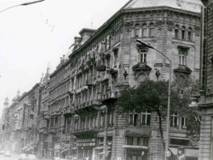
On September 8, 1955, after the religious orders were dissolved, three young girls, together with Ágnes Tímár, a Cistercian Sister, began the religious life, in a rented room in Budapest, according to the Gospel and the Rule of Saint Benedict. Their circumstances were far from ideal for living a monastic life. But can anything possibly hinder the loving call of God? Can anyone forbid the loving response of the person being called? God is ever the same. The unchanging substance of the life committed to the unchanging God must be lived in the circumstances of an ever- changing world.
The name of the Community – in accordance with the Cistercian tradition to dedicate the monastery to the patronage of the Blessed Mother of God – is “Boldogasszony Háza”, in short BH, which means: “House of the Blessed Virgin”. From the beginning they have considered their primary task to ensure that “in Hungary the common liturgical prayer of the monastic religious, the Divine Office would not cease to be”.
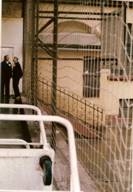
February 6-7, 1961: the first arrest and imprisonment. “God is faithful and will not let you be tried beyond your strength; but with the trial he will also provide a way out, so that you may be able to bear it.” (1 Corinthians 10:13, NAB)
In 1961, during the first wave of shine-lawsuits, the Superioress of the Community was arrested along with three sisters.
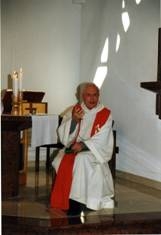
Father Ödön Lénárd, who was the spiritual guider of the Community, was also arrested at his apartment.
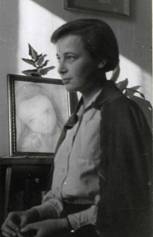
Father Ödön Lénárd, a Piarist, who was the spiritual guide of the Community, was also arrested at his apartment. Regarding his vocation, father Ödön was a Piarist. During communism the activity of only a limited number of Piarists was officially allowed in Hungary. However, Father Ödön was not one of them and as a result he lived alone in an apartment. After the house searches were over, those who “remained outside” chose Sister Mónika to be their Superioress during the compulsory absence of their original Superioress, who found herself in jail. Thus Sister Monika was responsible not only for the free members of the Community, but was also instrumental in maintaining a perfect inner unity with the imprisoned sisters.
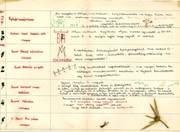
One sign of this was the Calendar of BH which detailed how many days were left until the release of the imprisoned sisters. Additionally, each day a free sister offered her day with special love and thoughts for her imprisoned sisters.
Mónika offered her life for the release of the sisters who were “in” [prison], and did everything to share with them in their fate. God accepted her self-sacrifice and she died on December 13, 1962. The imprisoned sisters were finally freed on March 21, 1963, when amnesty was granted to all who were imprisoned under the ecclesial pretext. March 21st is the feast day of Saint Benedict and also the birthday of Mónika.
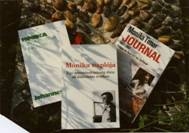
We can learn about her spiritual progress, struggles, and love – a love that was informed by a deep faith – from her notes and her diary, which was first published in 1982, in German, with a foreword written by Hans Urs von Balthasar. The diary then was translated into French, and published in 1989. Finally the Hungarian edition appeared in 1990. In 1995 Mónika’s correspondence was published in French. The diary was also translated into Italian, and published in 1996.
“God is faithful and will not let you be tried beyond your strength; but with the trial he will also provide a way out, so that you may be able to bear it.” (1 Corinthians 10:13, NAB)
After receiving their freedom from prison, the common life of the whole Community in one place was almost impossible. Since the summer of 1963, three to four sisters were living in various accommodations in different smaller country towns of Hungary – in Miskolc, Tarján, Komló, Veszprém, and Szeged – with Budapest as center. They had a common prayer life, and lived the arduous life of simple working people. Their contemplative life was characterized by prayer rooted in life and a life rooted in prayer.
A common ideal strengthened their togetherness: “as able, to live a religious life here and now” and it was also nurtured by the regular encounters, visits, the changing of the members making up the group, and, as far as it was possible, the common celebration of the major liturgical seasons.
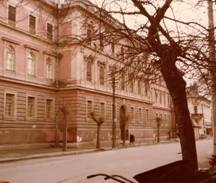 April 19, 1966: Imprisoned again. In the 1966 anticlerical shine-lawsuit Ödön Lénárd and Ágnes Tímár were accused and found guilty in “preparing a conspiracy,” and even in “taking active part in the organization of the overturn of the people’s democratic state order.” The names of their “accomplices” – the members of the Community – are all listed in the accusation. Ágnes Tímár, in her foreword to Mónika’s Diary, describes the period spent in prison in the following way: “The constant asking of grace for the others was mutual, and gave us mutually strength. The faithfulness of those, who were at home, kept the prisoners on foot. Those at home have as well experienced the consequences of being persecuted, and the life – in accord with the faith of the early Church – sprang from the seeding of the persecuted.” (September 26, 1989, NAB)
April 19, 1966: Imprisoned again. In the 1966 anticlerical shine-lawsuit Ödön Lénárd and Ágnes Tímár were accused and found guilty in “preparing a conspiracy,” and even in “taking active part in the organization of the overturn of the people’s democratic state order.” The names of their “accomplices” – the members of the Community – are all listed in the accusation. Ágnes Tímár, in her foreword to Mónika’s Diary, describes the period spent in prison in the following way: “The constant asking of grace for the others was mutual, and gave us mutually strength. The faithfulness of those, who were at home, kept the prisoners on foot. Those at home have as well experienced the consequences of being persecuted, and the life – in accord with the faith of the early Church – sprang from the seeding of the persecuted.” (September 26, 1989, NAB)
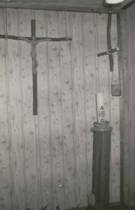
In 1968, after Ágnes Tímár was released, they sought out a quiet place to build up their strength t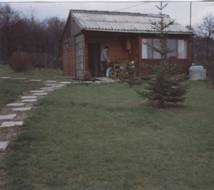 hrough c ommon prayer and performing charitable acts.
hrough c ommon prayer and performing charitable acts.
The hillside of Börzsöny gave them a home, and a little house made of wood became the “First Monastery”.
The first stone-house at Kismaros was built between 1982 and 1984. 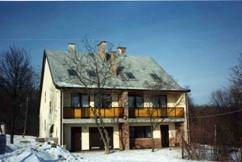
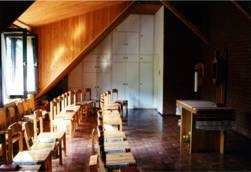
This “family house” served for years as the sisters’ “Second Monastery”.
“God is faithful and will not let you be tried beyond your strength; but with the trial he will also provide a way out, so that you may be able to bear it.” (1 Corinthians 10:13, NAB)
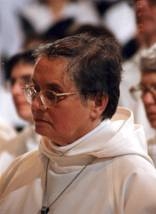
2./ 1985-2000 „The one who calls you is faithful.”
(1 Thessalonians 5:24, NAB)
During the time of gradual political amelioration – but before the 1989 turn – our religious community received official ecclesiastical approval and its canonical status was defined:
August 14, 1987: the community of the sisters was received by Dr. Polikárp Zakar general abbot as a “sui iuris” priorate in the Cistercian Order.
1993: the Monastery was raised to the rank of an Abbey, and dr. Ágnes Tímár was elected and instituted as the first abbess.
1996: the Abbey became part of the Congregation of Zirc.

The white and red of the crest of the Abbey indicate the white and red cordons that during the time of persecution played the role of religious habits. The black and white fields symbolize the passing from the darkness into light in our lives, as well as the Cistercian habit. The inner and outer coat of arms express that we belong to the Cistercian Order and to the Church.
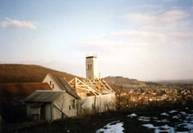
In 1990, the construction of the present Monastery began as a response to the “signs of the age”. The new tasks were extremely complex and hard, but, in the power of the Holy Spirit, they also served the fostering of the Community’s inner unity. On the feast of the consecration of the Church – April 17, 1999 – Abbess Ágnes Tímár gave the following testimony: “I was the supervisor throughout the construction. This was possible only because the whole Community carried and shared the tasks in the deepest unity, as one person.”
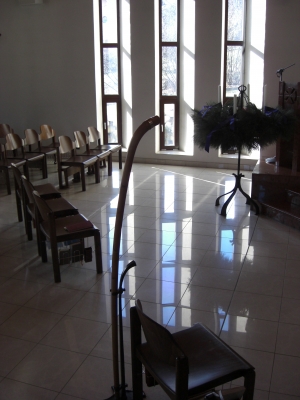
The Cistercian simplicity of the church: the white walls that la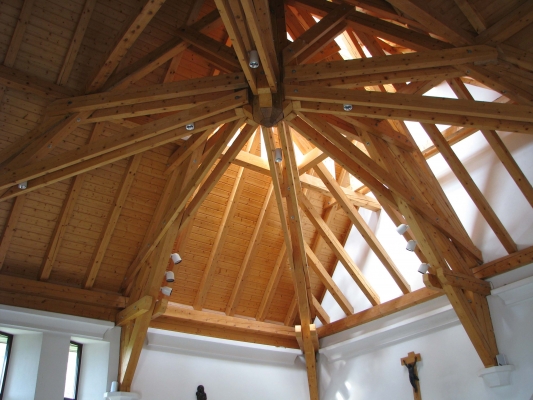 ck any ornamentation, the lights which from morning to night pour in through the three-fold structured windows – all these direct the gaze of those who search God to the essence. The king-post of the open roof, made of wood, contradicting the law of gravity, does not draw down but up.
ck any ornamentation, the lights which from morning to night pour in through the three-fold structured windows – all these direct the gaze of those who search God to the essence. The king-post of the open roof, made of wood, contradicting the law of gravity, does not draw down but up.
“The one who calls you is faithful.” (1 Thessalonians 5:24, NAB)
3. 2000–Present “…we also will serve the LORD, for he is our God.”
(Joshua 24:18, NAB)
The change of the superior is a significant turning-point in every religious family, especially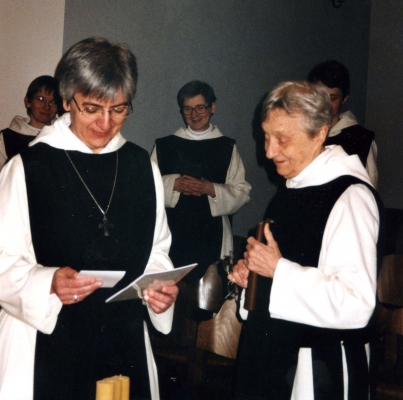 when, since the establishment of the respective community, this takes places for the first time. As Dr. Ágnes Tímár reached the age defined by the Constitution of the Monastery, she resigned her abbatial office. On January 31, 2003, Dr. Olga Horváth was elected the new abbess and was installed in her office by Archabbot Dr. Polikárp Zakar, the praeses of the Congregation of Zirc.
when, since the establishment of the respective community, this takes places for the first time. As Dr. Ágnes Tímár reached the age defined by the Constitution of the Monastery, she resigned her abbatial office. On January 31, 2003, Dr. Olga Horváth was elected the new abbess and was installed in her office by Archabbot Dr. Polikárp Zakar, the praeses of the Congregation of Zirc.
After the stone construction of the Monastery was finished, the task at hand has been the enrichment and organizing of the living stones. Every vocation testifies the fidelity and love of God, for “He loved us first”. He is waiting for our faithful love as a daily response to His Love.
In 2005, the Community celebrated its 50th anniversary. On this occasion Augustinus Cardinal Mayer, the former archbishop-secretary of the Congregation for Religious – of whom 
in February 1978
 and January 1983
and January 1983
with the mediation of J. Loew, a French worker priest, the Community gain official affirmation – wrote to abbess Olga the following:
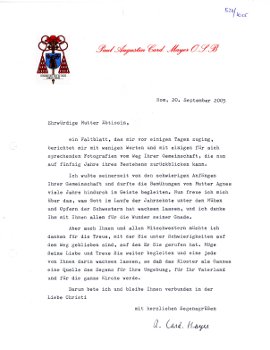 |
Reverend Abbess,
A few days ago I received a brief letter and some expressive photos informing me about the history of Your Community, which is celebrating its 50 years of existence.
I had known in those days the very difficult beginnings of Your Community, and for many years I could accompany in spirit the efforts of Mother Ágnes. Now I rejoice over what God, during the decades, with the efforts and sacrifices of the Sisters, allowed to grow. To Him, I give thanks, together with all of You, for the miracles of His grace.
But I also want to thank You and all of Your Sisters for the fidelity, with which they remained in the midst of many trying difficulties on the way of their divine calling. Let His Love and Fidelity lead You and every Sister of Your Community forth, so that everyone may grow in love and fidelity, and that the whole Monastery may be the source of blessing for Your environment, home country, and for the whole Church.
I pray for this and, in the Love of Christ, remain with you in close unity.
I sincerely wish You many blessings,
A. Card. Mayer
|



























